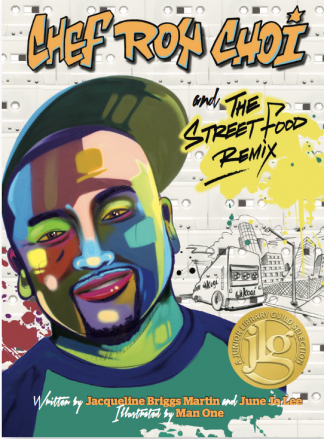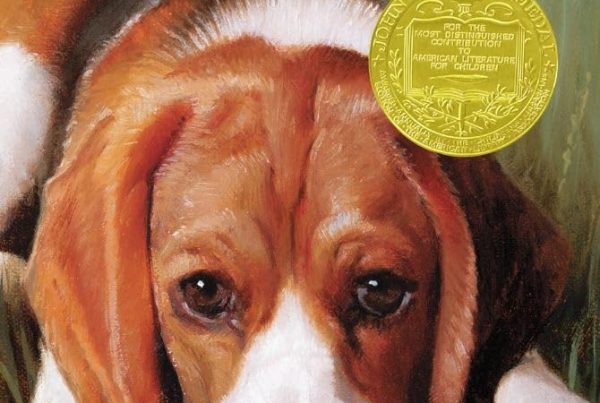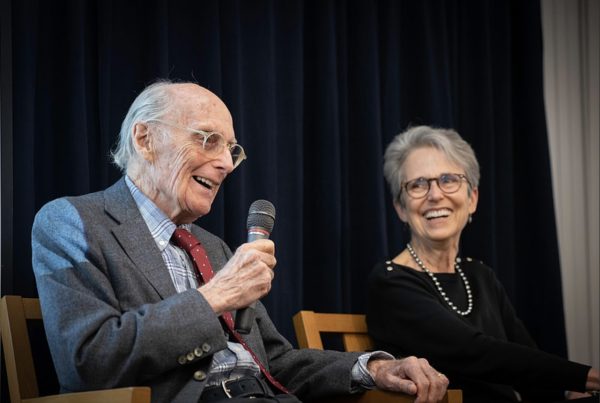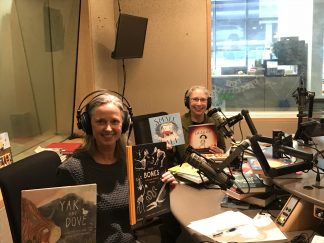 Looking for a gift for your young reader? Holly Weinkauf from the Red Balloon and I joined MPR News senior producer Stephanie Curtis for a round up of the very best children’s books to give and receive this holiday season. We discussed fifty-five books in less than an hour and didn’t even get to everyone that we brought with us. For the complete list go to No Kidding: The Best Kids’ Books to Give This Holiday Season.
Looking for a gift for your young reader? Holly Weinkauf from the Red Balloon and I joined MPR News senior producer Stephanie Curtis for a round up of the very best children’s books to give and receive this holiday season. We discussed fifty-five books in less than an hour and didn’t even get to everyone that we brought with us. For the complete list go to No Kidding: The Best Kids’ Books to Give This Holiday Season.
I am a big fan of cookbooks for kids.
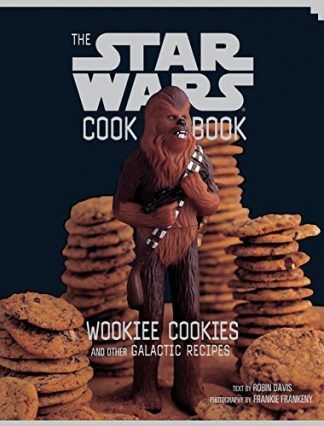 I bet if I were to investigate, I would find that cookbook is one of the leading informational subject areas in circulation statistics my previous school library. Cookbooks would be right up there with dinosaurs for children third grade and under. When I was a new public librarian, the first Dewey number that I could rattle off without looking it up was 651.5. As a school librarian, I didn’t need to run a report to see that among the highest circulating books in the library were the Star Wars’ cookbooks. Chronicle Books, the house that publishes these titles has reported that over half million have been sold as of this writing.
I bet if I were to investigate, I would find that cookbook is one of the leading informational subject areas in circulation statistics my previous school library. Cookbooks would be right up there with dinosaurs for children third grade and under. When I was a new public librarian, the first Dewey number that I could rattle off without looking it up was 651.5. As a school librarian, I didn’t need to run a report to see that among the highest circulating books in the library were the Star Wars’ cookbooks. Chronicle Books, the house that publishes these titles has reported that over half million have been sold as of this writing.
I attribute the high interest in cookbooks to a few factors. Most of us like to eat. For many children, cookbooks are an easy read. They are predictable in format. You don’t have to cook to enjoy them. Some like Pretend Soup have step-by-step illustrations to follow.
Cooking is one of the first family literacy experiences that a child has with an adult. The child has observed list-making. “What do we need from the store to make cookies?” Thus begins the modeling of symbols on the page representing objects that will be decoded later to facilitate the buying of objects (ingredients.)
Creating and writing a recipe is another way that cooking supports family literacy. Writing recipes is the perfect inter-generational activity. Adults can take dictation. Our young writers can take dictation. It is a shared experience.
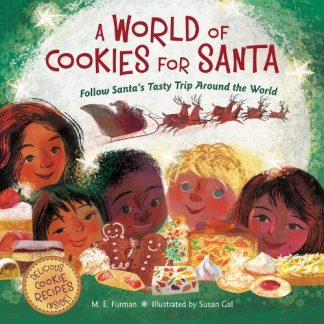 For the best of the 2017, Holly and I were both excited about A World of Cookies for Santa by M.E. Furman, Illustrated by Susan Gal (HMH 2017)
For the best of the 2017, Holly and I were both excited about A World of Cookies for Santa by M.E. Furman, Illustrated by Susan Gal (HMH 2017)
Reading aloud the Christmas cookie traditions of thirty-two countries would be the perfect beginning of a new tradition of waiting for Santa. This richly illustrated compendium includes nine recipes to bake for the holidays.
A Sleeper
Readers to Eaters is an independent press founded in 2009 with a mission to promote food literacy from the ground up. This independent publisher wants children and families to have a better understandingof what and how we eat. Phillip Lee, the publisher states that “Our books give a fresh perspective on what and how we eat through good stories, beautiful writing, and a deep appreciation of food cultures.”
Chef Roy Choi and the Street Food Remix by Jacqueline Briggs Martin and June Jo Lee, illustrated by Man One, (Readers to Eaters, 2017) is an outstanding example of successfully meeting these goals.
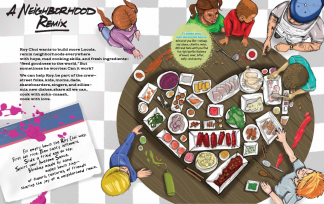
Interior spread from Readers to Eaters.
Jacqueline Briggs Martin knows how to write a picture book biography. Her biography of photographer, Snowflake Bentley.(illustrated by Mary Azarian HMH, 1998) won the Caldecott Medal. She has partnered in this profile of Roy Choy with June Jo Lee co- founder of Readers to Eaters, a food ethnographer, who studies how America Eats to create this outstanding volume. Man One’s vibrant art and layout invites the reader to Los Angeles neighborhoods as we follow the Chef’s journey to calling to cook “street food”, Korean tacos- short ribs, crispy slaw on corn tortillas from his food truck. Chef Roy Choy shows us that we can all “cook with love.” The perfect family gift.
For the Preschool Crowd
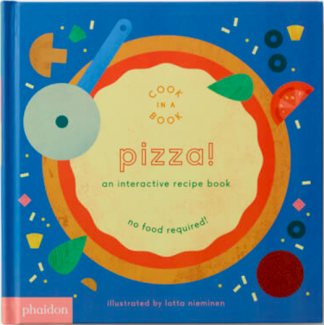 Each title in this this stunning Cook in Book series creates one recipe. Families can make pizza, pancakes and tacos from scratch with easy to follow instructions and graphic illustrations. But they don’t need to cook to enjoy the paging through the lifting the flaps, swirling the sauce on the dough, and baking in the oven in Pizza.
Each title in this this stunning Cook in Book series creates one recipe. Families can make pizza, pancakes and tacos from scratch with easy to follow instructions and graphic illustrations. But they don’t need to cook to enjoy the paging through the lifting the flaps, swirling the sauce on the dough, and baking in the oven in Pizza.
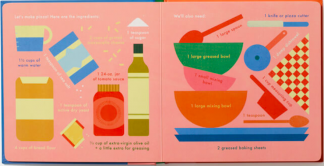
From the interior of Pizza, Phaidon Press 2017
Writing Boxes Suggested Program Recipes
Sharing cookbooks is a great program activity. Modeling the writing of recipes
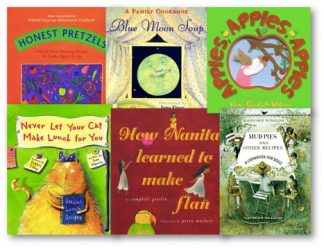
PREPARATION
Step 1: Gather mentor text cookbooks such as Pretend Soup by Molly Katzen, Star Wars Cookbook.
Step 2: Write out a recipe of your own. Something simple to demonstrate the format and components of a typical recipe.
Step 3: Reproduce your recipe to handout.
Step 4: Make copies of a hand out with the following components to help the writers plan their recipes:
How may people with the recipe serve?
Ingredients:
Kitchen tools:
What do I need to know to make this recipe? For example—What does “cream” the butter mean?
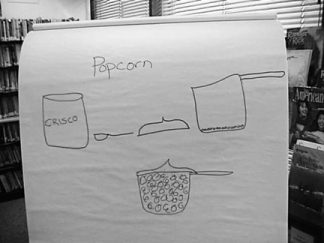
THE RECIPES WORKSHOP
Step 1: Talk about what a recipe is. Ask the writers if they have any favorite foods they like to make. Ask for a volunteer to tell the group how to make a simple dish or sandwich. Model the recipe writing. Talk about its different parts, and how important it is to be accurate in giving directions in writing
I have found that recipes and menus is one of the most animated of writing sessions.
[The following can be illustrated in a cartoon format]I usually begin by asking, “Does anyone know how to cook?”
“YES!” “Grilled cheese!” “Scrambled eggs!” “ Mac and cheese!” “Salad!”
I choose the child who said something pretty simple and ask them to teach me how to make it.
What do I need to make scrambled eggs? I write the list of ingredients and draw a simple sketch of each one.
Am I missing anything? I write the names of any additional ingredients and draw picture of each one.
“What do I make it in?” I ask.
“ A pan.” States the writer
I write “pan” draw a picture of a it.
“Mix the eggs with milk,” says the writer.
“How many eggs?” “In what? With what?” “How much milk?”
” Two eggs, in a bowl, with a fork” says the writer ” a splash of milk”
I list the ingredients and write the instructions.
“Then I cook the eggs?” With what?”
Oh the stove” “How do I know how to set the stove?”
“Oh, I should turn the burner to medium”
“Stir the eggs,” instructs the writer.
“With what?” I ask.
” A spoon” says the writer.
I add spoon to the list of tools, drawing a labeling it, write the next instruction and mime stirring.
“Take them out of pan when finished.” the writer says.
“How do I know when they are finished?”
“They are hard and not wet,” says the recipe writer
Step 2: Sometimes it is helpful to partner the writers for this activity. Ask them to talk through the recipe with their partner before getting the words on the paper. Give the children markers, crayons and paper. Help them with words or suggestions when they seem stuck for ideas.
Step 3: Give a five-minute warning for clean up. Remind the children that the writing boxes will be available at the reference desk. Clean up and put away supplies.
Step 4: If there is time ask for volunteers to share.
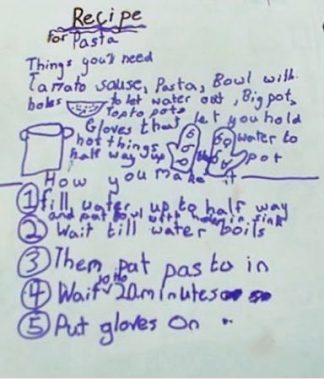
Recipe writing is a kind of procedural writing can be adapted for other types of do-it-yourself projects. In writing programs, prompts for recipes (“How do I make applesauce?” “How do I bake bread?”) can be opened up for other activities. (“ How do I make a paper airplane?” or cross- curriculum, “How do I draw a cartoon of a cat?”)

